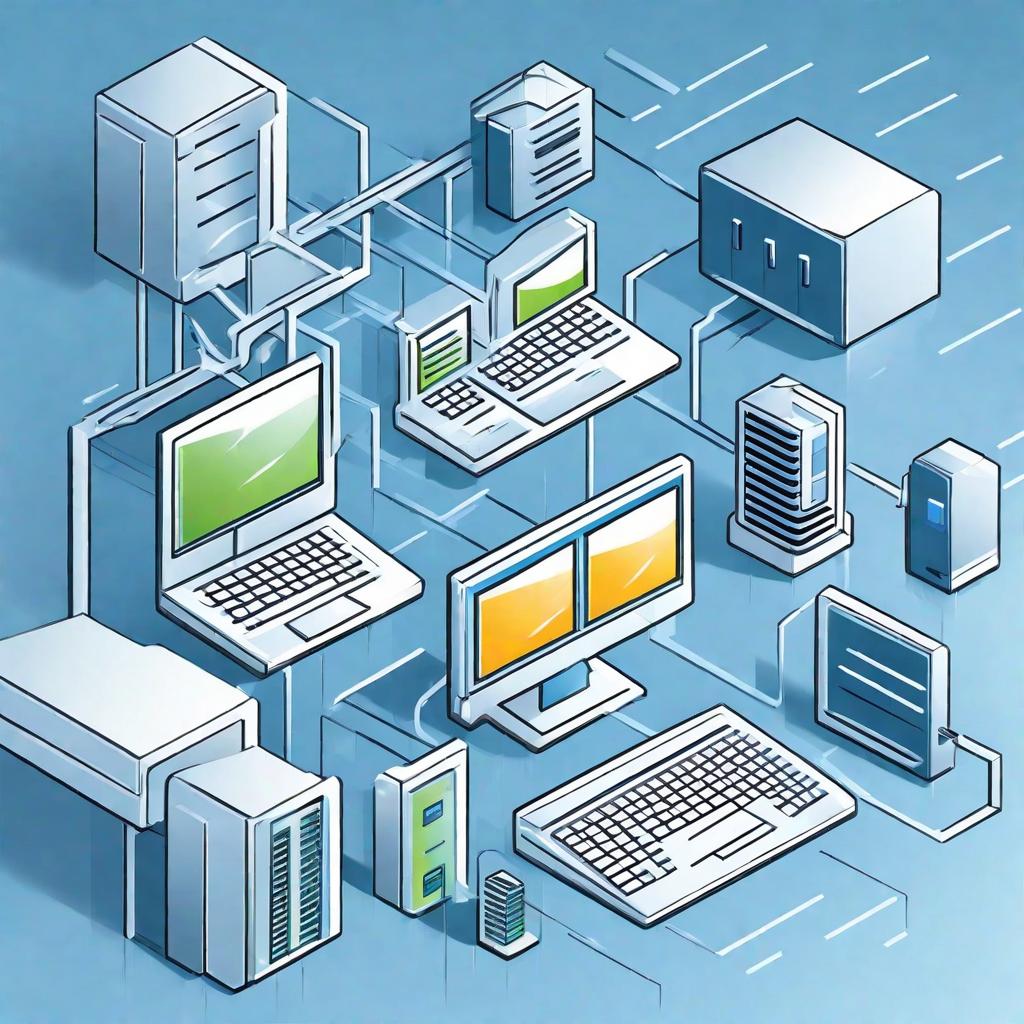
Connecting the World, One Node at a Time.
Network Essentials: Connecting, Communicating, and Collaborating
A network refers to a collection of interconnected devices and systems that are capable of communication and sharing resources. These devices can include computers, servers, routers, switches, printers, and more. Networks can vary widely in size, ranging from small home networks connecting a few devices to large-scale global networks like the Internet.
Here are some key aspects of networks:

Network Essentials for Communication
Network Essentials for Communication
The primary purpose of a network is to facilitate communication between devices. Network Essentials communication can take various forms, including sending and receiving data, sharing files, transmitting messages, and accessing shared resources.- Topology: Networks Essentials: Understanding Topologies like Bus, Star, Ring, Mesh, and Hybrid Configurations Dictating Device Connections and Data Flow
- Protocols: Networks rely on protocols, which are sets of rules and conventions that govern how data is transmitted and received between devices. Common network protocols include TCP/IP, Ethernet, Wi-Fi, HTTP, and DNS.
- Types of Networks: Networks can be categorized based on Understanding Network Essentials: Wide Area Network (WAN), Wireless Networks, and Virtual Private Network (VPN).
- Local Area Network (LAN): A network that spans a small geographical area, such as a home, office, or school.
- Wide Area Network (WAN): A network that covers a large geographical area, often spanning across cities, countries, or continents.
- Wireless Networks: Networks that use wireless technologies like Wi-Fi, Bluetooth, or cellular networks to connect devices without physical cables.
- Virtual Private Network (VPN): A network that provides a secure connection over a public network (usually the internet) by encrypting data and creating a private tunnel between devices.
- Security: Network security is crucial to protect data and prevent unauthorized access to network resources. Security measures include firewalls, encryption, authentication mechanisms, access control, intrusion detection systems, and security policies.
- Scalability and Performance: Networks should be scalable to accommodate growth and changes in the number of connected devices and the volume of data traffic. Performance considerations include bandwidth, latency, reliability, and Quality of Service (QoS).






